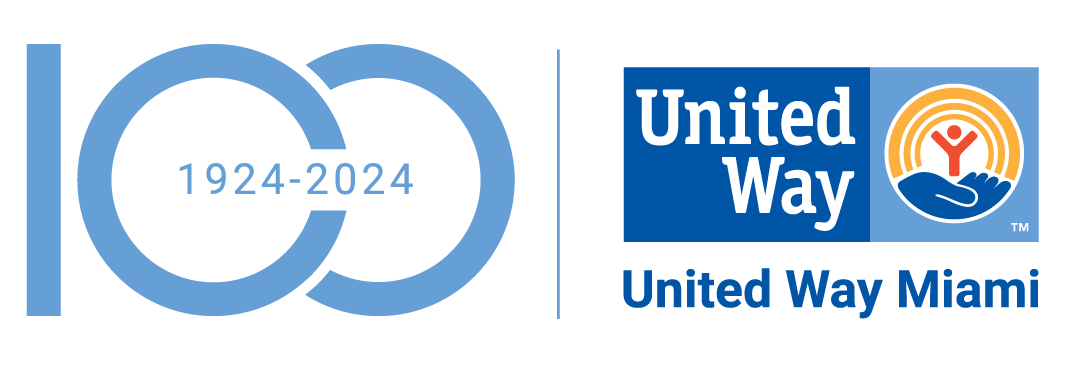United Way Center for Excellence in Early Education celebrates 10 years of raising the quality of early education in Miami-Dade and beyond.
Our History
Building a stronger Miami for more than 100 years
Since our humble beginnings in 1924 – from the Miami Community Chest, to the United Fund, to today’s United Way Miami – we have been an enduring force for good, embracing an ever-changing community, responding to the emerging needs and transforming people’s lives.
2024
2023
2021
2020
2019
2018
2017
2017
2017
2016
2016
2014
2013
2011
2010
2009
2007
2001
2000
1999
1998
1996
1995
1992
1991
1986
1984
1981
1979
1977
1974
1973
1972
1971
1969
1965
1962
1960
1957
1956
1953
1951
1942
1941
1939
1933
1930
1928
1926
1924
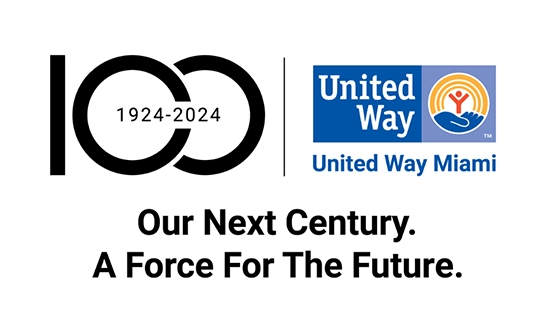
2024
Celebrating 100 years
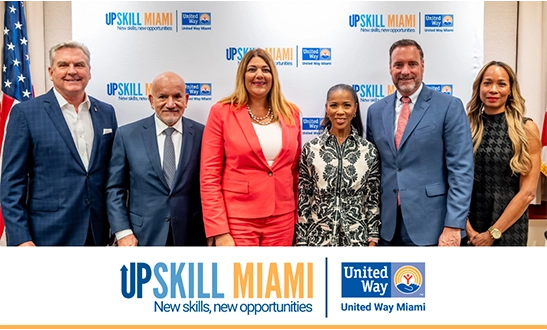
2023
Launch of UpSkill Miami
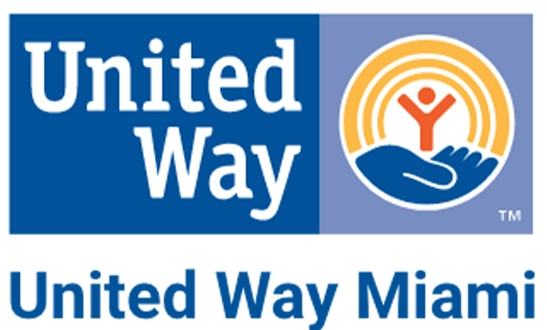
2021
Name changed from United Way of Miami-Dade to United Way Miami
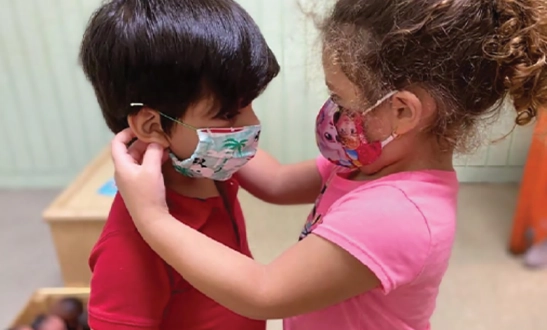
2020
Leading community in COVID-19 response; McKenzie Scott transformational gift
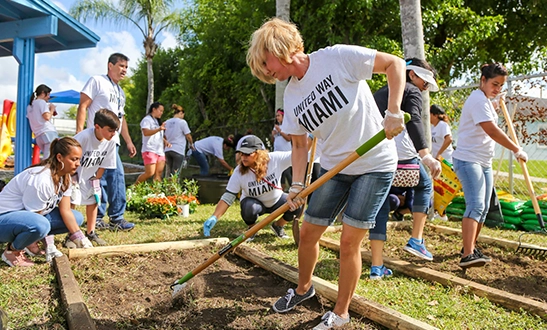
2019
VolunteerMiami.org launch
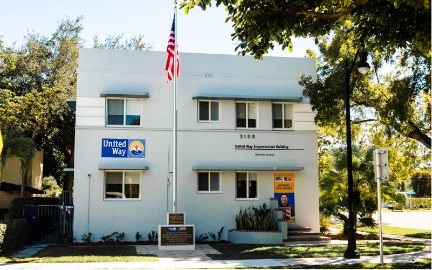
2018
United Way inaugurates the Empowerment Building, home to United Way Mission United and United Way Center for Financial Stability, expanding the Batchelor campus to a five-building complex.
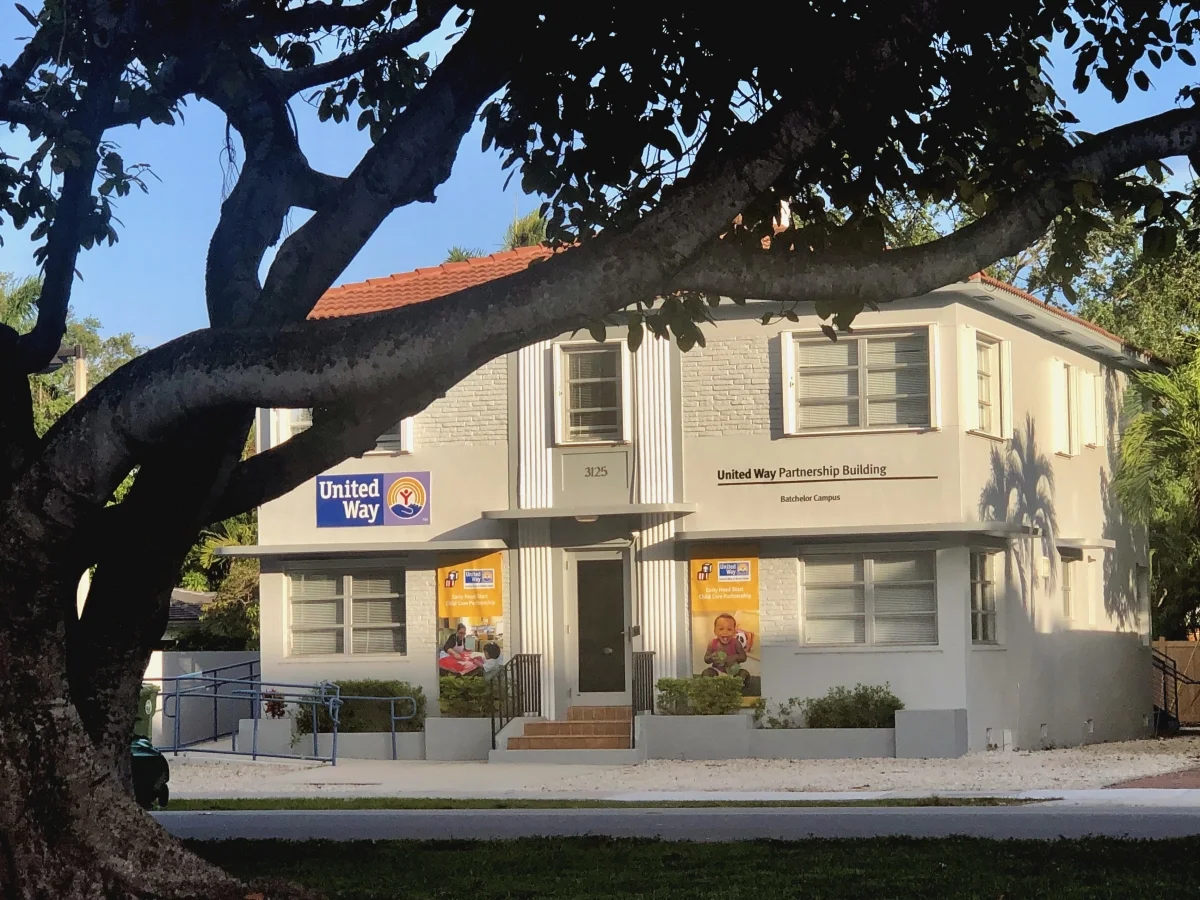
2017
The United Way Partnership Building opens its doors as home to the Early Head Start-Child Care Partnership. The EHS-CCP program provides high-quality early education to 520 low-income infants and toddlers at 21 sites/centers throughout our community.
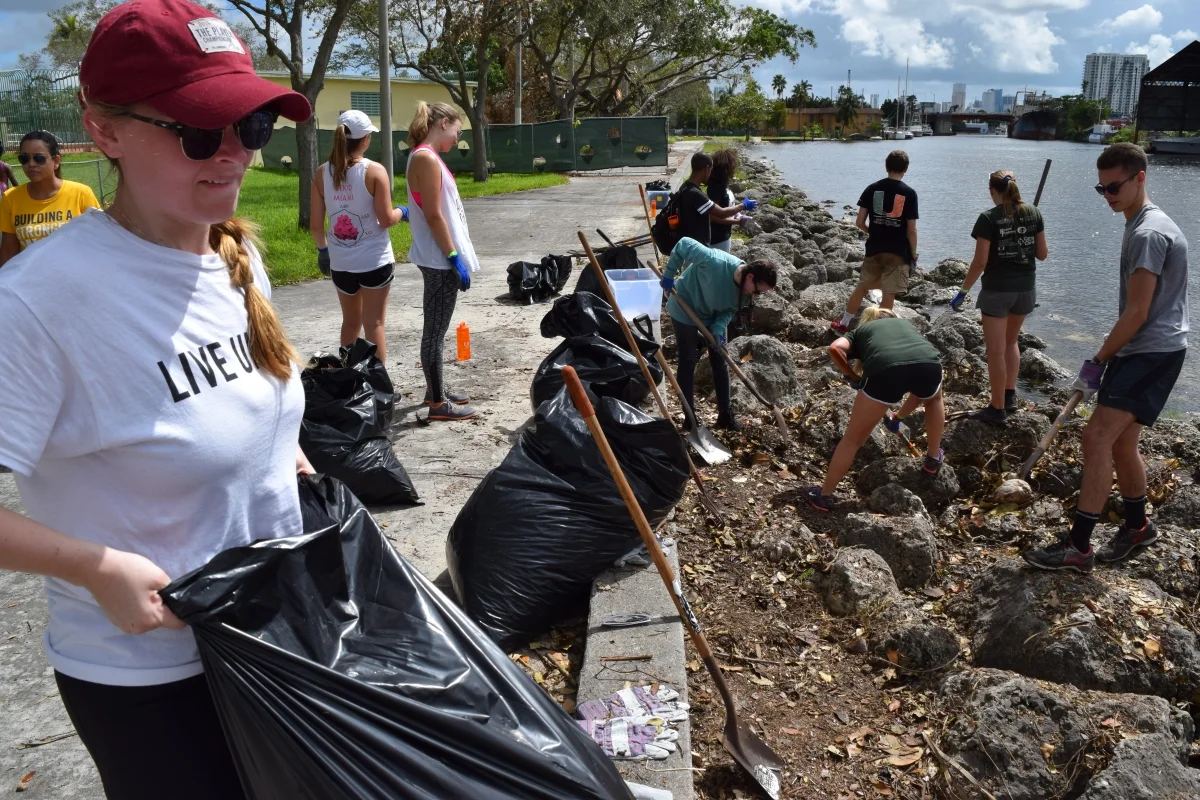
2017
In response to Hurricane Irma, United Way generated more than $2 million in donations, which were distributed among more than 15 agencies providing emergency relief services. Hundreds of volunteers answered the call for help, clocking in more than 972 hours of service.
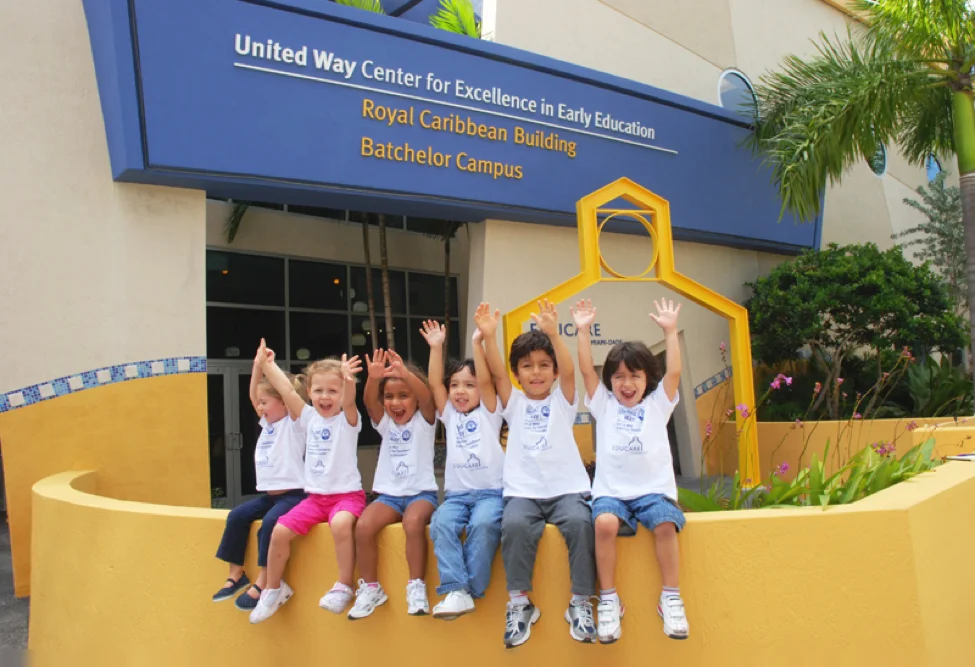
2017
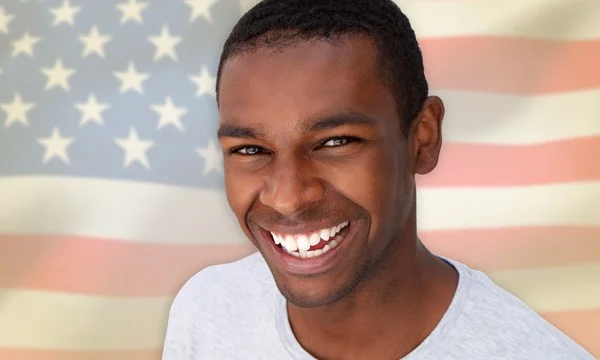
2016
United Way launches Mission United to help veterans re-acclimate to civilian life.
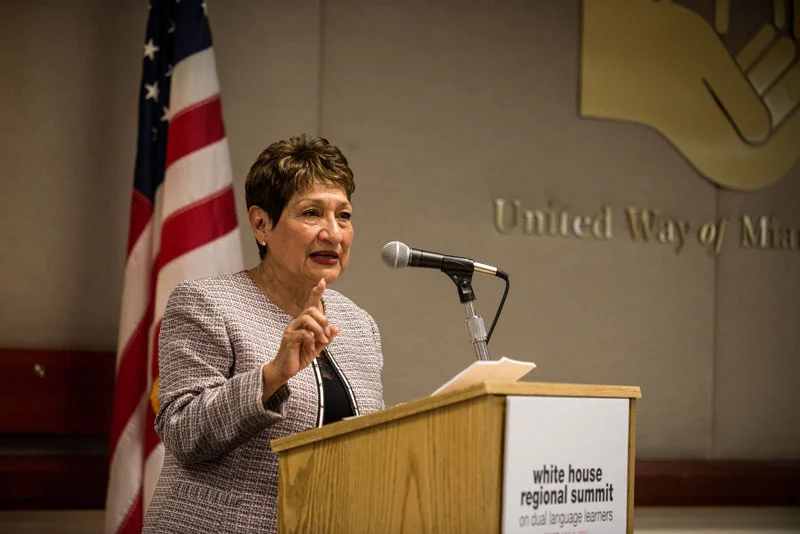
2016
The White House selects United Way to host its Regional Summit on Dual Language.
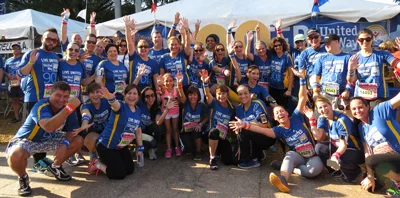
2014
United Way Center for Financial Stability turns five.
United Way celebrates its 90th birthday.
2013
United Way launches its Second Century Initiative to significantly enhance our ability to meet the complex and growing demands of our community. Three key focuses include building a significant endowment, leveraging all our assets to achieve greater outcomes in education, financial stability and health, and deepening our engagement with volunteers, donors, staff, and community partners.
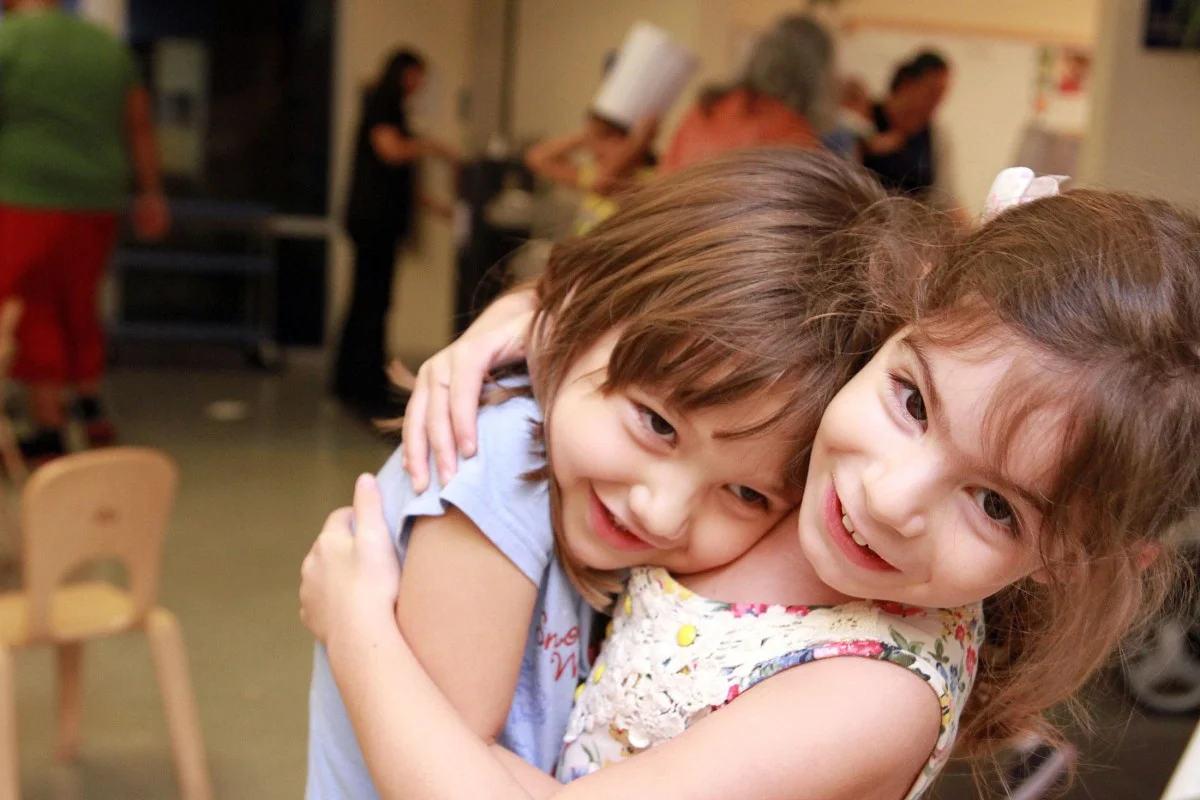
2011
United Way Center for Excellence in Early Education celebrates five years and receives accreditation from the National Association for the Education of Young Children.
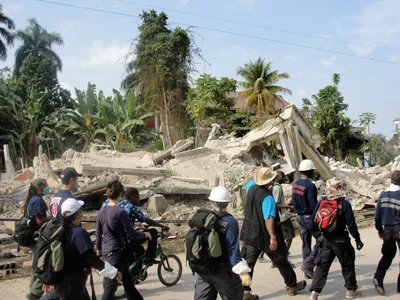
2010
In response to the devastating earthquake in Haiti, United Way generated more than $2 million in donations, which is distributed among more than 20 agencies providing emergency relief services.
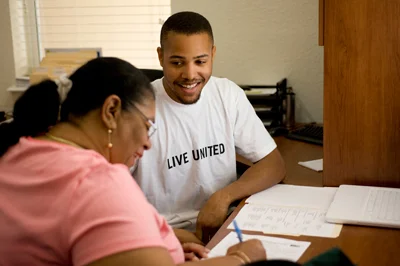
2009
In response to the struggling economy, United Way opens the United Way Center for Financial Stability. The Center gives individuals the resources and training to put them on the path toward financial independence.
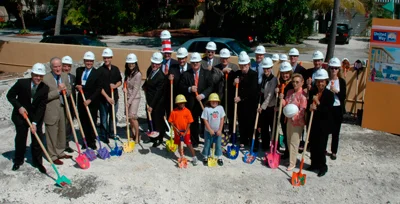
2007
Committed to elevating the quality of early education for all children, everywhere, United Way breaks ground on the Center for Excellence in Early Education, a best-practices national teaching and learning initiative. The Center opens on January 7, 2007 and, in 2008, joins the prestigious Educare Learning Network as its seventh Educare center in the country.
2001
In response to 9/11, United Way creates the Miami Recovery Fund to respond to the local impacts of the terrorists attacks.
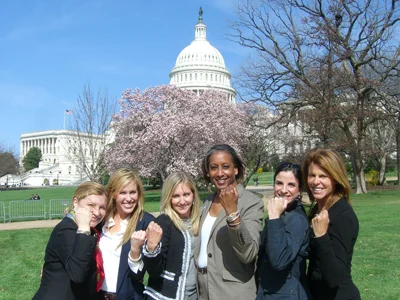
2000
United Way Women’s Leadership program forms to celebrate service and philanthropy among women.
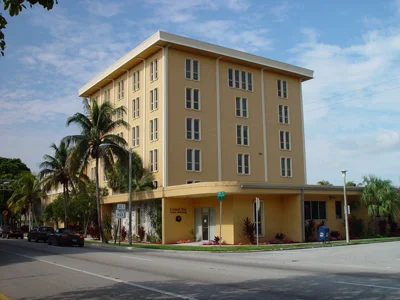
1999
With a gift from Ed Ansin, in honor of his parents Sophie and Sidney Ansin, United Way purchased its current home in the Miami Roads neighborhood.
1998
United Way launches a one-year demonstration project to reduce the number of children entering the foster care system, utilizing private citizens as case reviewers and child advocates. Subsequently, Florida Foster Care agency is created.
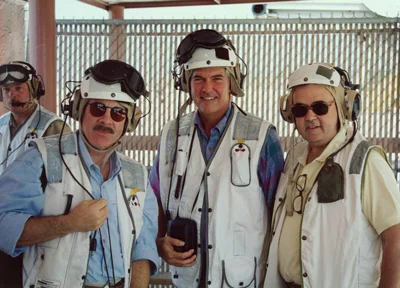
1996
In response to changing immigration policies, United Way creates GRASP to assist Cuban and Haitian immigrants parolled from Guantanamo get off to a successful start in the community.
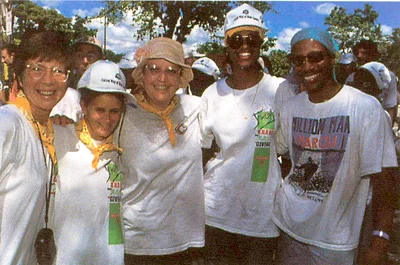
1995
United Way adopts a new vision and mission: “Building community by helping people care for one another.”
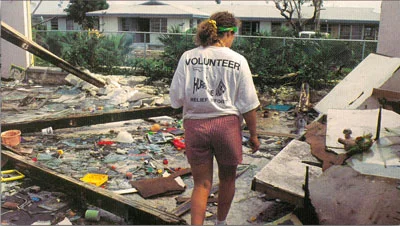
1992
United Way plays a key leadership role in rebuilding the community in the aftermath of Hurricane Andrew. The disaster brings people together and ignites a spirit of service and partnership.
United Way launches 20-plus year journey to improve the quality of early education.
1991
United Way creates a local Tocqueville Society to recognize and encourage individual giving of $10,000 or more.
With six of Miami’s top 10 employers in bankruptcy, United Way partners with the State of Florida to create the Florida Dislocated Worker’s Center to help the newly employed. Today, this one-stop center is the model for the state.
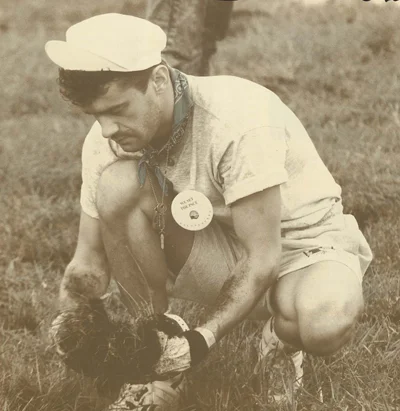
1986
United Way created a “Response Pool” to provide funding for innovative solutions to some of the community’s most pressing needs of the time. Over the next four years, we invest $3.7 million in programs to reduce gang violence and teen suicide, help farmworker families and migrant students, provide AIDS education and create the first Alzheimer’s Day Care centers.
United Way forms the “New Generation Leaders” committee, known today as the Young Leaders, to engage and inspire young professionals to get involved.
1984
Ad agencies Beber Silverstein and Zubi team up to produce United Way’s first bilingual advertising campaign. Among the taglines created were: “United we’re on our way” and “Hoy por mi, mañana por ti.”
1981
United Way fails to meet its goal in the midst of a sluggish economy. United Way joins with city and community leaders to address increasing drug-related violence, as well as provided medical, housing and other services to recently arrived Cuban and Haitians refugees.
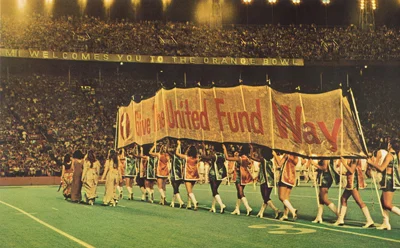
1979
The decade draws to a close and United Way celebrates as giving exceeds $10 million.
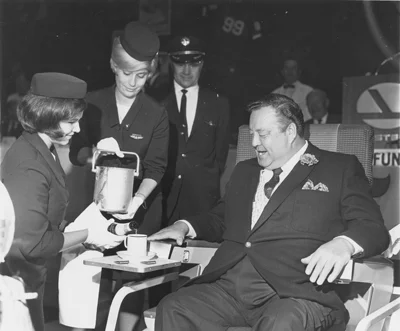
1977
Jackie Gleason of The Honeymooners with Eastern Airlines staff help United Way kick off the campaign.
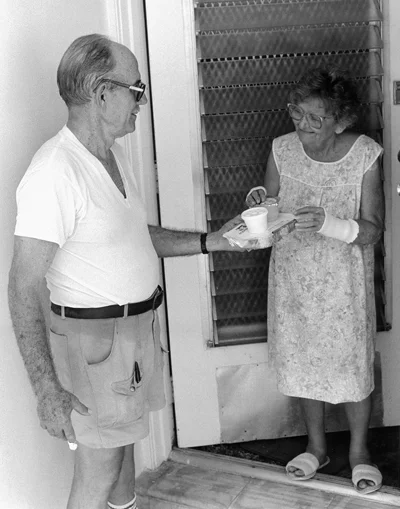
1974
United Way works with lawmakers to devise a new system of distributing resources to South Florida’s elderly population.
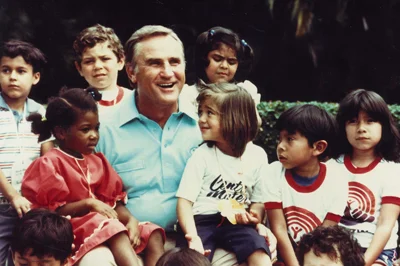
1973
The National Football Leagues and United Way nationally team up to create the longest-running public service advertising campaign. Don Shula, Miami Dolphins’ head coach at the time, appears in one of the early ads.
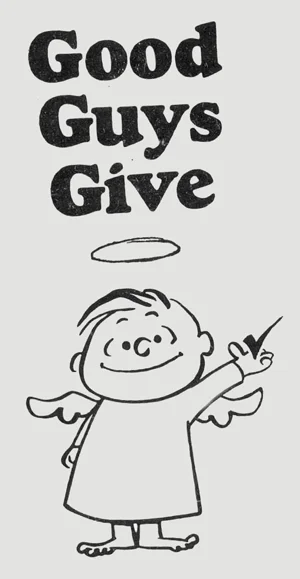
1972
United Fund becomes United Way of Miami-Dade. Alvah H. Chapman, Jr., Miami Herald, led United Way’s first campaign, which raises $6,678,000 to support 46 agencies.
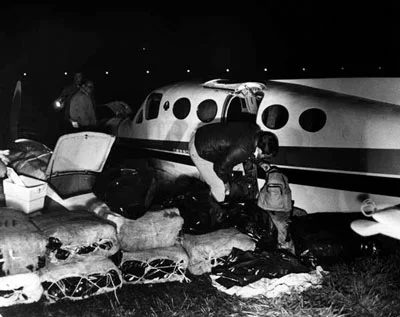
1971
United Fund creates a comprehensive plan to coordinate and evaluate public anti-drug programs in Dade County.
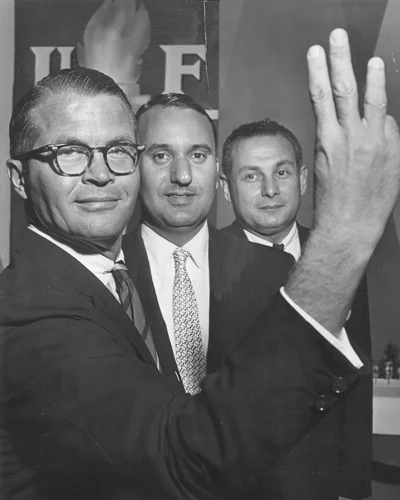
1969
United Fund expands services to assist migrant workers and their families working in south Dade County.
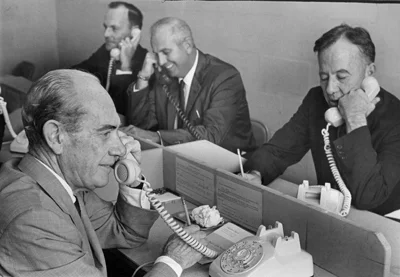
1965
Dade residents raise additional funds to help the victims of Hurricane Betsy.
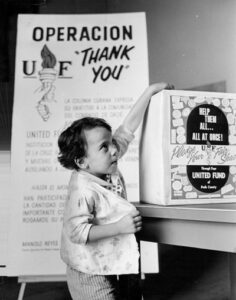
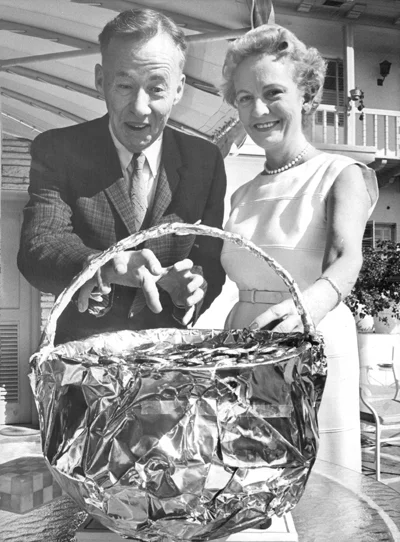
1962
After getting off to a rocky start, United Fund celebrates first successful drive. The campaign raises $2,907,090 with increased focus on year-round payroll deduction for employees, based on one hour’s pay a month.
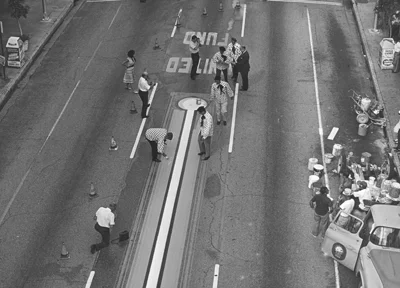
1960
United Fund president and former senator Harry Cain reveals a series of reporting errors by “well-intentioned but misguided” United Fund staff during the previous two campaigns. Cain ushers in new era of accountability with greater oversight and stricter regulations.
United Fund joins with city leaders to form “Cuban Refugee Committee” to help feed, clothe and find employment for the thousand of refugee’s fleeing Fidel Castro’s regime. The committee also works to secure additional federal and state funding.
United Fund launches the Loaned Executive program, where individuals are “loaned” by the companies to assist the 12-week campaign. The highly successful program continues to this day.
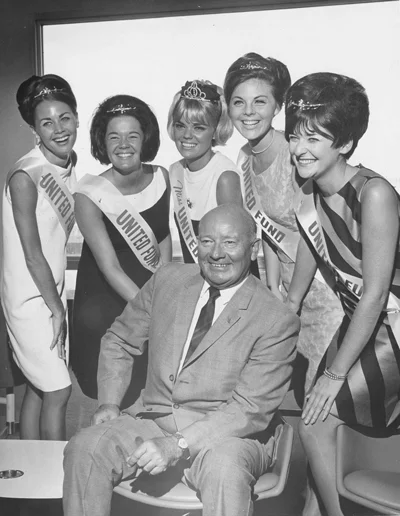
1957
The Community Chest becomes the United Fund of Dade County. Approximately 15,000 women volunteer to make door-to-door solicitations. James L. Knight, the Miami Herald, serves as the United Fund’s first Chairman.
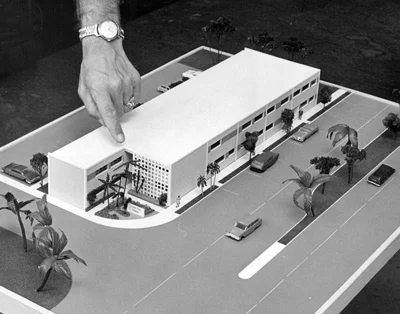
1956
Administrative offices of the Community Chest and 13 of the 23 Chest agencies move to a new home at 395 NW 1st Street made possible by a $100,000 contribution from Mr. Abess and Baron de Hirsch Meyer.
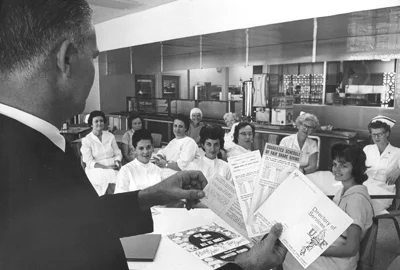
1953
Campaigning moves from door-to-door to the workplace. Workers are encouraged to give “one hour’s pay per month” and Community Chest donations soar to an unprecedented $1 million for the first time.
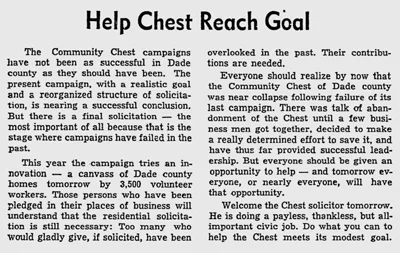
1951
Following several difficult campaign years, Community Chest introduces new accounting procedures, including a budget review board to regularly audit for partner agencies. Under the leadership of Leonard Abess, Sr., of City National Bank, Chest regains footing and raises $880,164 the following year – more then any other campaign in the organization’s history.
Chest introduces a new way of giving – the Fair Share Plan allows employees to contribute a certain portion of their earnings through a payroll deduction system. Donations are divided between the Community Chest agencies, as well as the USO and the Red Cross. The program, spearheaded by McGregor Smith at Florida Power & Light, encourages donors to give one-hour’s pay per month.
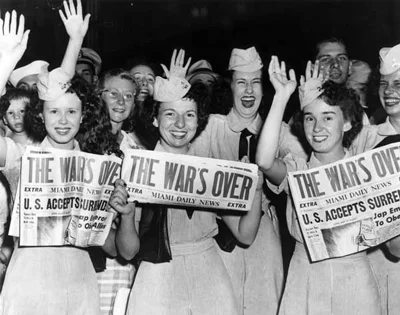
1942
Annual drive of Community Chest combined with the War Chest to support local organizations and national agencies supporting World Way II. Additional support given to child welfare programs and day nurseries for children of working mothers, as well as, families dislocated by the war.
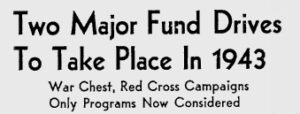
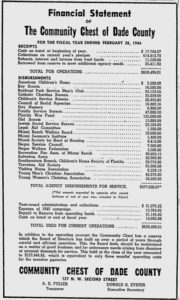
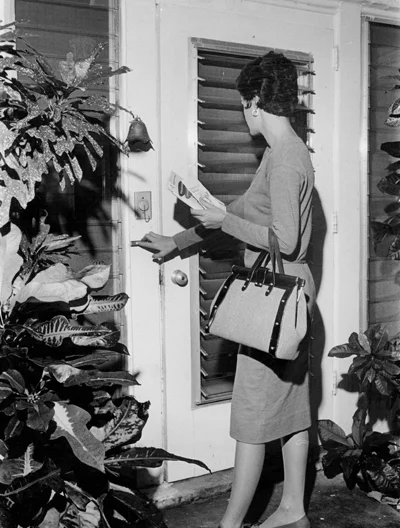
1941
Rather than simply rely on door-to-door solicitations, Miami Chest leaders introduce the “unit account system,” which encourages companies to conduct individual campaigns with specific goals tailored to their firm. The step is hailed as an innovation in fundraising and remains a key United Way strategy.
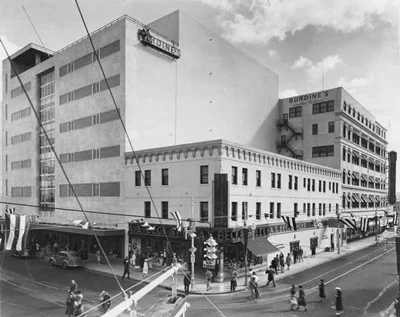
1939
Community Chest of Dade County is reorganized and incorporated. Under the leadership of Chairman Leonard K. Thomson, Miamians are urged to “give once for all, but enough for all.” The campaign raises $233,000 for 23 agencies.
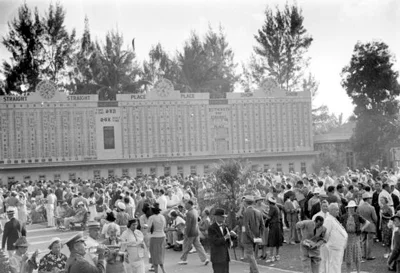
1933
Chest struggles to stay afloat in the midst of Great Depression and ultimately suspends its fundraising campaign, but vows to keep office open to help guide welfare agencies.
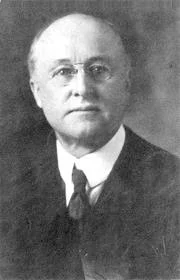
1930
William J. Matheson bequeaths $40,000 the Miami Community Chest, the organization’s first major gift.
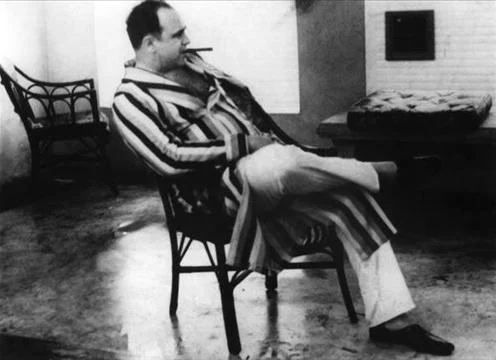
1928
Al Capone buys a winter home on Palm Island; one year later the notorious Chicago mafia boss donates $1,000 to the Miami Community Chest (Chest officials later decide not to accept the gift).
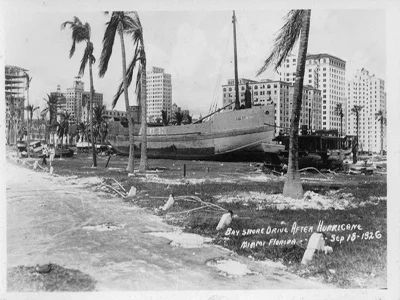
1926
United Way Campaign Chairman R.B. (Roddy) Burdine mobilizes 25,000 workers in the wake of the 1926 Hurricane. The Category 4 storm, which left 113 dead and widespread damage, effectively ends Miami’s real estate boom and together with the 1929 Stock Market Crash ushers in nearly a decade of hardship.
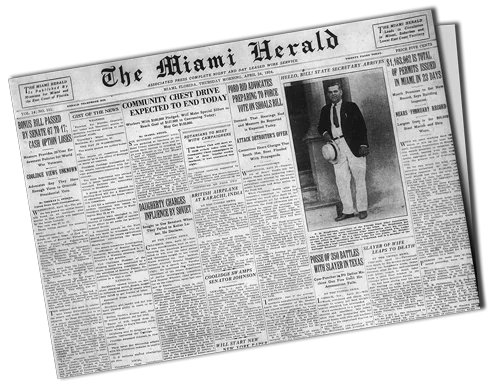
1924
Miami Community Chest, the precursor to United Way of Miami-Dade, holds its first campaign. The three-day drive raises $136,095 to support 12 local agencies, including Salvation Army, American Red Cross and the Young Men’s Christian Association (YMCA). E.B. Douglas serves as the first organization’s chairman.
